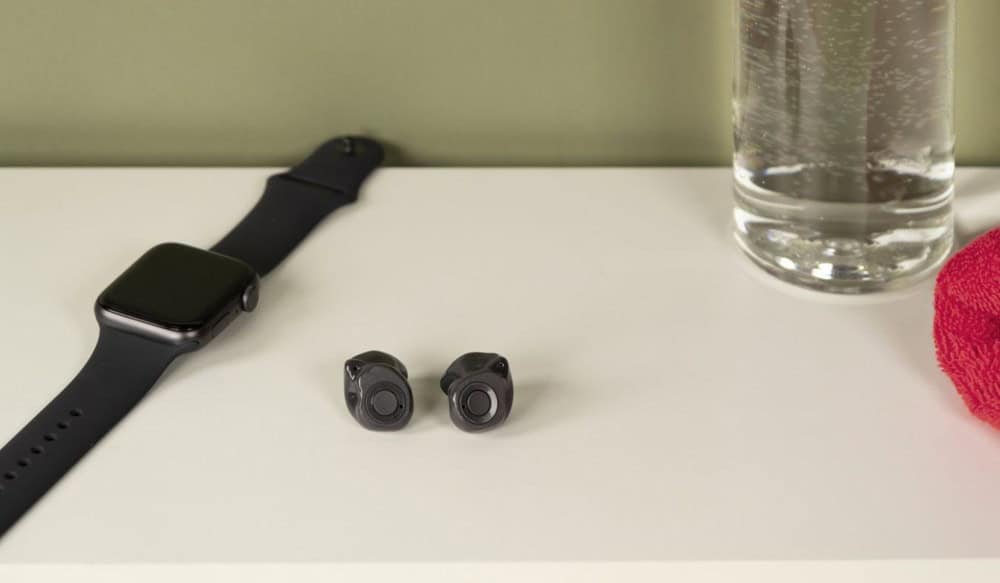The Impact of Stress on Hearing and Ear Health
Stress and hearing health share a two-way relationship that many of us
May your days be filled with sound—hear the laughter, the music, and the whispers of spring all around you! – Learn more


Stress and hearing health share a two-way relationship that many of us

Technology moves quickly, and hearing aid design is no exception.

Hearing aid accessories are a fantastic way to customize your devices and